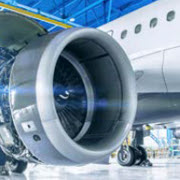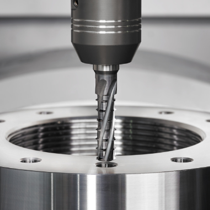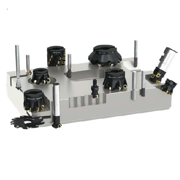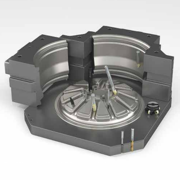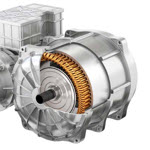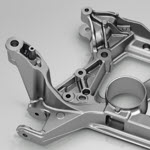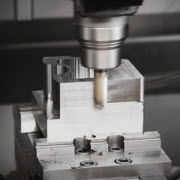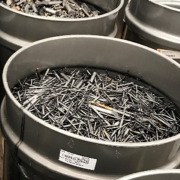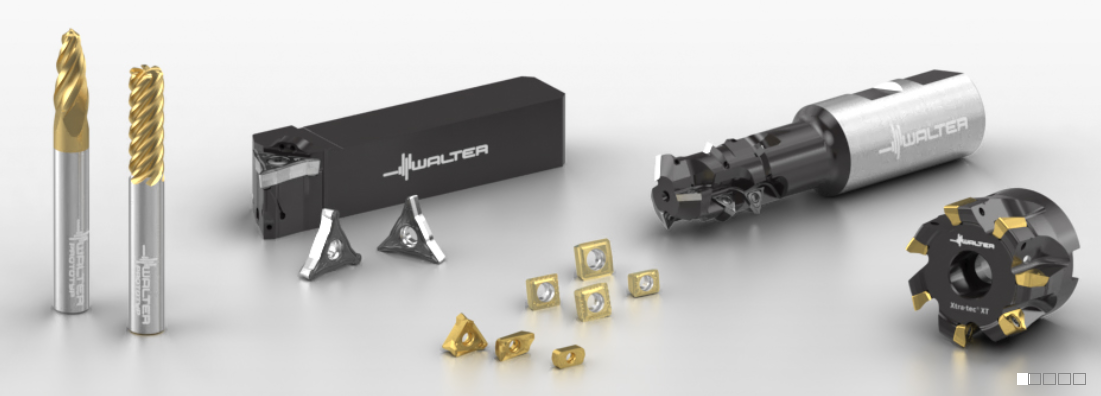
Whitepaper Download
Aerospace and metal cutting: A balancing act between hightechnology and cost efficiency
WHITEPAPER
The aerospace sector is on an upward trajectory. The effects of the COVID-19 pandemic on the industry have dissipated and the number of flights worldwide are exceeding the record levels set in 2019. What‘s more, according to estimates, the global aircraft fleet will almost double by 2042! The aviation industry is looking ahead to a bright future - and with it all those who operate in the sector. Rightly so? This white paper provides a detailed look at its future development.
Download now for free
Thread Milling - Champion or niche technology?
WHITEPAPER
The machining of complex workpieces can be complicated and expensive. Hourly machine rates are high and the costs per component can rise to dizzying heights. Additional cost drivers are the materials. This applies in particular to difficult-to-machine materials such as high-alloy steels, stainless steels, hard and tough nickel-based alloys and titanium. What's more, many of these multi-functional components often require numerous threads. Wind turbines are an excellent example of this. The key components of these "wind giants" include large anti-friction bearings - components weighing up to 40 tonnes with diameters of over 6 metres in some cases.
Download now for free
Milling - the present and future of a key technology
WHITEPAPER
Whether in the aerospace, automotive, mechanical engineering, mould and die making, energy or medical technology industry – wherever metal is machined, milling is a key technology. Let’s take the example of the aviation industry, where combining a low weight with high stability has always been a standard requirement. Structural components, such as door frames, are therefore made from one piece, with the milling cutter removing as much material as possible between the stabilising root faces. The metal removal rates are correspondingly high – and often above 95% for these parts. However, it is not only the shape of the components that is very demanding; the material mix also has an impact on the milling process.
Download now for free
Mould & Die
WHITEPAPER
Around 500 billion plastic bottles are consumed worldwide every year. Some 94 percent of them are collected and recycled for films and textile fibres, among other things. More than one-third returns to what it was before: A plastic bottle. This white paper aims to introduce you to one of the most important parts of this cycle: Mould and die making. And this is by no means only relevant for plastic bottles! This is because the moulds and dies are used for forming, pressing and moulding a wide variety of materials, not only plastic bottles. In fact, cost-efficient mass production of car and aircraft parts, tires, packaging, electrical appliances, housings and many other products, even food, would be unthinkable without mould and die making. Yet, unlike many others, this industry is largely unknown.
Download now for free
E-Mobility
WHITEPAPER
The fact that there is more than one cause behind climate change is undisputed. Also indisputable – at least for most – is that CO2 emissions, whether through industry, transport or private domestic use, is the main cause. Anyone who acknowledges the objectively measurable global warming and the climate change associated with it must agree: It is high time for action across the board. Of course, the most relevant sector for metal cutting is transportation. That's because automotive and commercial vehicle construction (alongside general mechanical engineering) are still where the most money is earned. Politicians, customers and vehicle manufacturers agree on one goal: CO2 emissions must be reduced – and the best way to do that, as it stands today, is through electromobility.
Download now for freeThe Aluminium Material Trend
WHITEPAPER
Aluminium is in vogue. But what makes this material so special? What opportunities does it offer? What challenges does it present us with? And what does the future hold for this »material of tomorrow«? The new Walter Whitepaper on the »The Aluminium Material Trend« gives you an impression.
Download now for freeDynamic Milling
WHITEPAPER
Many sectors, particularly the supply industry, are under pressure to provide greater process reliability and faster machining at ever lower costs. Needless to say, the product quality must not suffer as a result. Quite the opposite, in fact: The demands for surface quality and dimensional stability are often increasing at the same rate as requirements for process reliability and cost efficiency. Moreover, there is a growing need for new materials which are lightweight or heat-resistant. These materials from the ISO M and ISO S material groups are often difficult to machine precisely because of these properties. The dynamic milling strategy provides a solution in this area, combining high productivity with maximum process reliability. This is why a growing number of metal-machining companies are counting on this method.
Our whitepaper focuses on circularity, energy, resources and CO2-emissions and the »resource« human being.
Download now for freeSustainability in Metalworking
WHITEPAPER
Did you know that a hole just one millimeter in size in a compressed-air line with a 6-bar operating pressure causes additional costs of around €1,100 per year? With two millimeters it is around €10,500 and with three millimeters it is almost €30,000. Sustainability in metalworking has many facets. Amongst them are those that we might not think of, like the example mentioned. And especially those can have a great impact with just a little effort. And others of course, like recycling which immediately comes to mind in metal cutting. But even here, the really interesting aspects often only become clear when you take a closer look.
Our whitepaper focuses on circularity, energy, resources and CO2-emissions and the »resource« human being.

